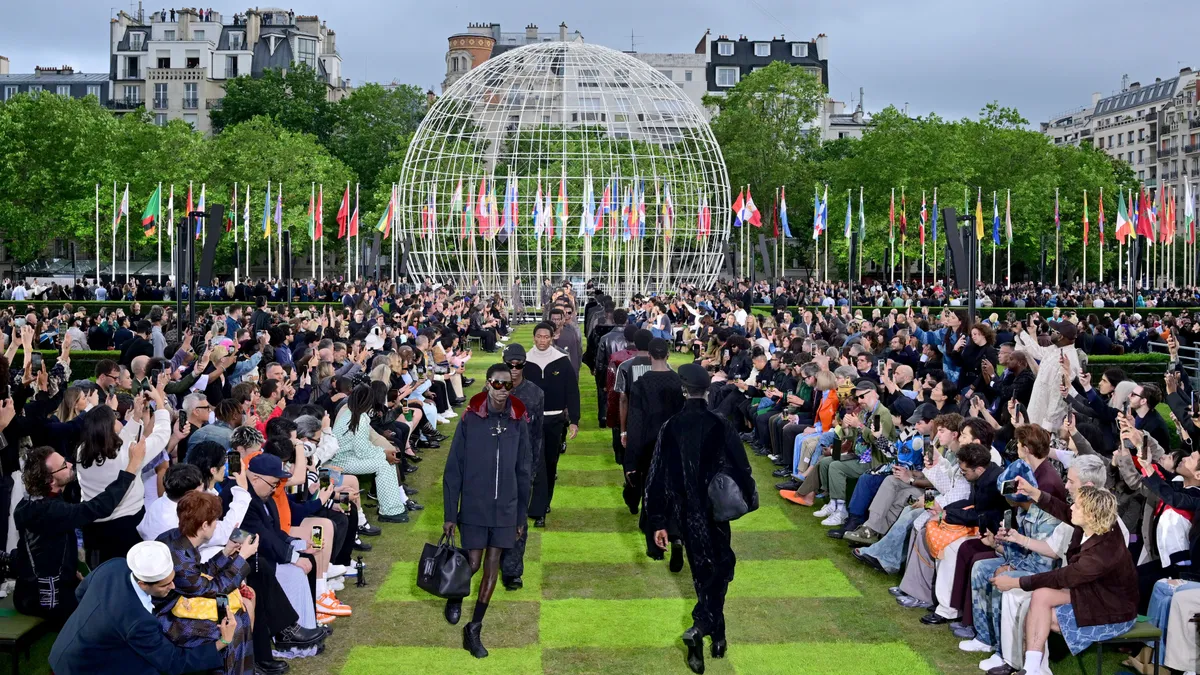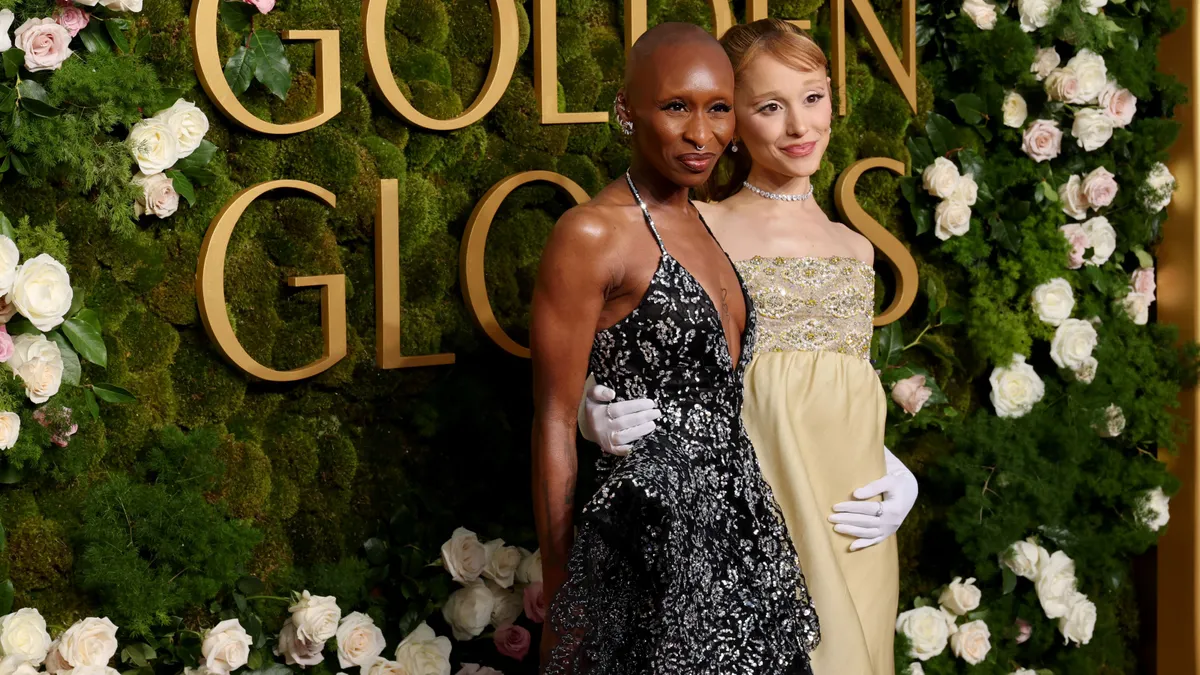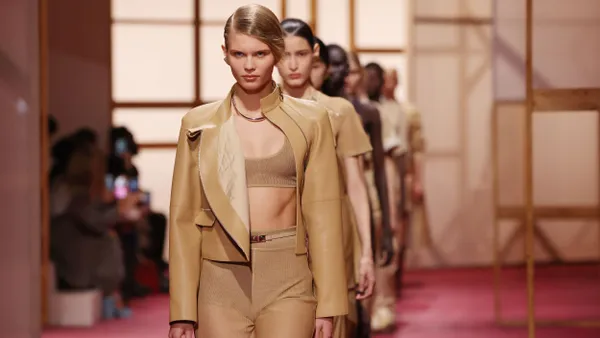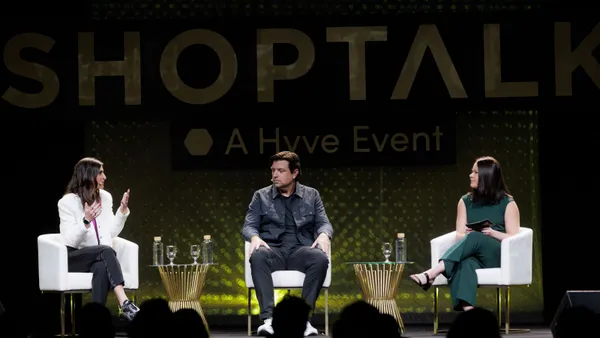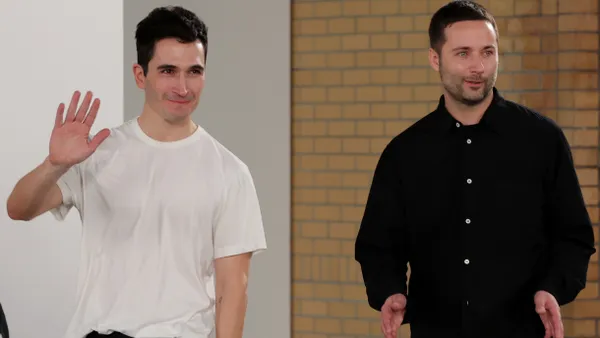Dive Brief:
- Retail expansion was a key driver of U.S. revenue growth for luxury brands in 2022, according to a recent report from global real estate services company JLL.
- Over half of new store openings were in New York and California, per the report, and overall U.S. luxury goods sales increased to almost $70 billion as brands expanded their national retail presence by over 650,000 square feet.
- This is the second iteration of JLL’s luxury report, and the first to include published figures on total square footage opened, which means year-over-year data comparisons were not available.
Dive Insight:
The luxury sector may be losing some of its pandemic-era momentum, but its top players continue to expand both in terms of revenue and retail footprint.
Companies driving this growth include LMVH, Kering Group and Richemont, which opened 108, 100 and 96 new locations respectively, according to JLL. Close to 40% of those new store leases were at high-end malls.
There was also increased foot traffic in prime retail corridors, with New York City being the most prominent. Three of the top four areas to see the biggest gains in foot traffic last year were Times Square, SoHo and Fifth Avenue, all in Manhattan. In addition, Boston’s Newberry Street, Chicago’s State Street and Las Vegas Boulevard saw traffic increases of 14% or more. Those foot traffic reports from JLL were sourced from data gathered by Placer.ai, a mobile analytics platform.
New York’s Madison Avenue saw the opening of a 45,000-square-foot Hermès store, and Valentino, Lanvin and Van Cleef & Arpels also signed new leases on that street.
Meanwhile, the Beverly Hills Triangle had the largest share of openings in the Los Angeles area at 41%. New stores for 2022 included Givenchy, Loewe, Versace and Chanel, the latter of which opened a 30,000-square-foot store — the largest Chanel boutique in the U.S. — on North Rodeo Drive.
The biggest drop in foot traffic was in San Francisco’s Union Square, which saw a 12% decline. Some 40 retail stores have closed in the Union Square zip code since 2020, including Anthropologie, CB2 and a flagship Nordstrom.
Despite setbacks such as these, luxury consumers still appear drawn to the sector, said C. Ebere Anokute, national research manager for JLL, in an email to Fashion Dive.
“Luxury’s core consumer base remains well-capitalized and shows a consistent appetite for luxury items, evidenced by the robust earnings growth observed over the past year,” Anokute said.
Nonetheless, stubbornly high inflation is adversely affecting middle income consumers who wish to trade up but are hesitant to do so.
“It was important to mention in the report that there are some headwinds for aspirational luxury shoppers, as it speaks to the overall economic uncertainty many consumers across the country have dealt with over the past year and could be a determining factor in real estate decisions in the near term,” Anokute said.




